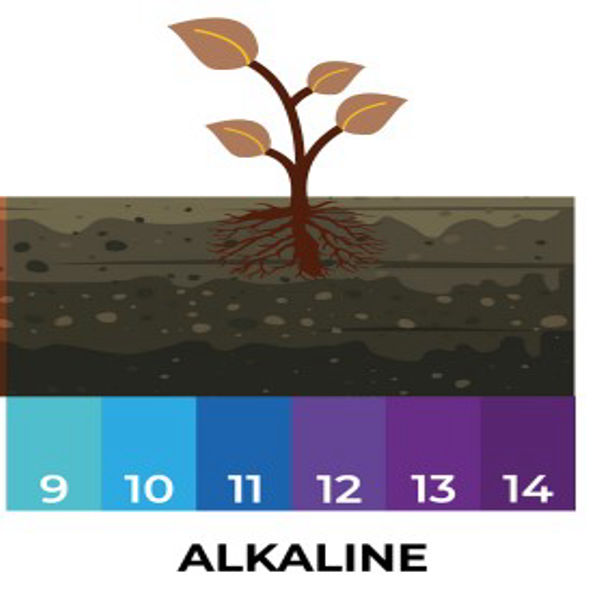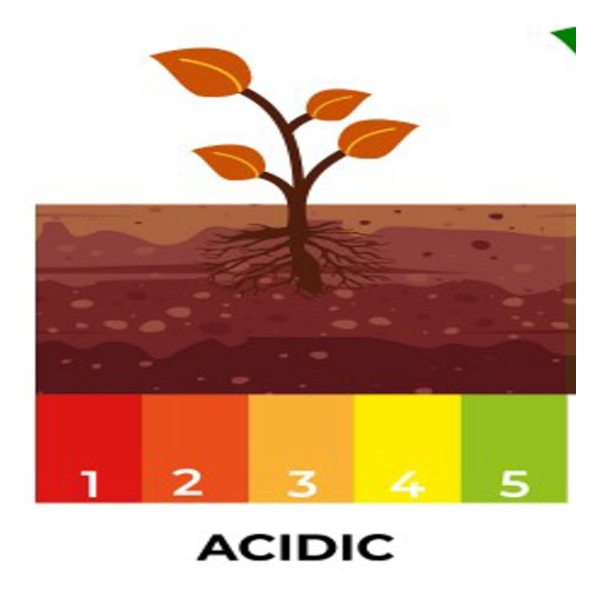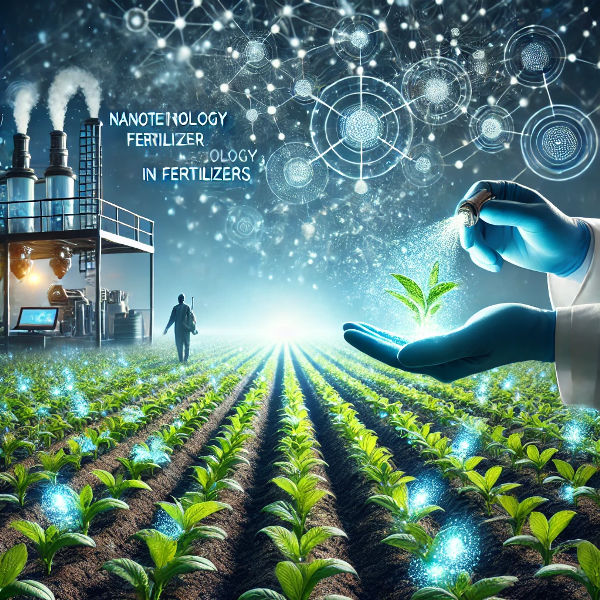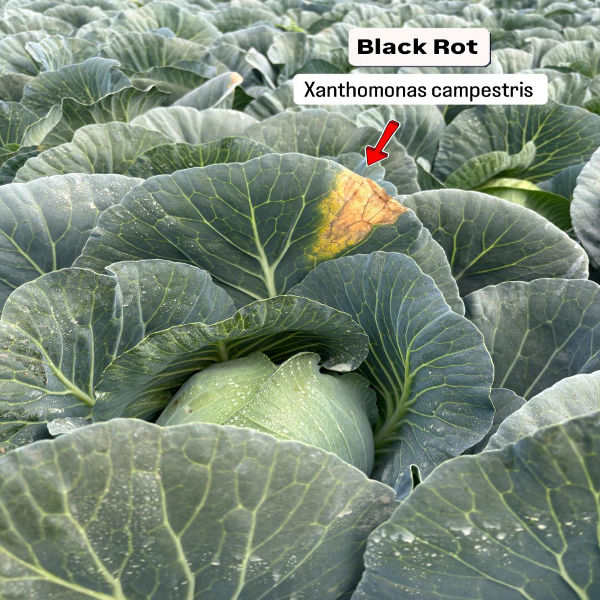
1. Introduction
As the world grapples with the challenges of climate change and environmental
degradation, the future of agriculture lies in sustainable practices. Organic farming, in
particular, offers a promising solution. Organic farming is an approach that relies on
natural methods and inputs, such as bio-fertilizers, bio-pesticides, and compost, to
cultivate crops and raise livestock. This blog explores the future of sustainable
agriculture and the key role that organic farming plays in it. From the benefits of biofertilizers like azetobacter and mychorhizza to the importance of bio-pesticides and biofungicides, we delve into the advancements and practices that are driving the organic
farming revolution. Join us as we explore the world of sustainable agriculture and the
potential it holds for a greener, healthier future.
2. The benefits of organic farming
In this section, we will delve deeper into the benefits of organic farming that make it a
crucial component of sustainable agriculture. Organic farming not only aims to produce
safe and nutritious food, but also seeks to protect the environment and promote the
well-being of farmers and rural communities.
One of the key benefits of organic farming is the reduction of chemical inputs. By
avoiding or minimizing the use of synthetic fertilizers, pesticides, and herbicides,
organic farmers greatly contribute to a cleaner environment with decreased water
pollution and soil degradation. Moreover, organic practices promote biodiversity and the
conservation of natural resources, preserving habitats for native flora and fauna.
In addition to environmental benefits, organic farming offers numerous health
advantages. Organic produce is free from residues of harmful chemicals, making it a
safer choice for consumers. Research has also shown that organic crops contain higher
levels of vitamins, minerals, and antioxidants, providing greater nutritional value.
Furthermore, organic farming supports rural economies by offering farmers greater
autonomy and control over their production and marketing. By adopting organic
methods, farmers can reduce their dependence on expensive agrochemicals and costly
inputs, leading to higher profit margins.
3. Challenges faced by sustainable agriculture
While the benefits of organic farming are clear, there are certain challenges that
organic farmers face on their journey towards sustainable agriculture. These challenges
include transitioning from conventional farming practices, certifications and regulations,
and the need for consumer education.
Transitioning from conventional farming practices can be a hurdle for many farmers.
Converting a conventional farm to organic requires a shift in mindset, as well as
changes in farming techniques and practices. It can take several years for a farm to
become certified organic, during which time farmers need to implement organic
methods without the ability to use synthetic inputs.
Certifications and regulations are an important aspect of organic farming, as they
ensure that organic products meet specific standards. However, these certifications and
regulations can be complex and costly, especially for smaller-scale farmers. Meeting the
requirements and maintaining compliance can sometimes be challenging and timeconsuming.
Consumer education is crucial for the success of organic farming. Many consumers are
not aware of the benefits of organic produce or the importance of supporting
sustainable agriculture. Educating consumers about the benefits of organic farming and
the impact of their food choices can help create a larger demand for organic products.
In the next section, we will explore potential solutions to these challenges and discuss
how stakeholders can work together to overcome them. Stay tuned to learn more about
the future of sustainable agriculture and the role of organic farming in it.
4. Steps towards embracing organic farming
To overcome the challenges faced by organic farmers and ensure the future of
sustainable agriculture, several steps can be taken. Firstly, agricultural organizations
and institutions can provide support to farmers by offering training programs and
resources to help them transition from conventional to organic farming practices. These
programs can provide guidance on soil management, pest control, and crop rotation
techniques specific to organic farming.
Secondly, policymakers should work towards simplifying the certification process and
reducing the associated costs. By streamlining regulations and providing financial
assistance, smaller-scale farmers can more easily meet the standards required for
organic certification.
Lastly, consumer education is key. Efforts should be made to increase awareness about
the benefits of organic farming and products. Collaboration between organic farmers,
retailers, and consumer advocacy groups can help develop informative campaigns that
highlight the positive impact of choosing organic food.
Keywords
4 steps
1 introduction
biofertilizers biopesticides
key benefits
challenges faced
streamlining regulations
positive impact
conventional farm
consumers research
cleaner environment
crucial component
delve deeper
key role
world grapples
products collaboration
increase awareness
key efforts
standards required
easily meet
certification process
provide guidance
provide support
stay tuned
larger demand
maintaining compliance
important aspect
expensive agrochemicals
vitamins minerals
higher levels
safer choice
native flora
soil degradation
rural communities
produce safe
sustainable agriculture
blog explores
raise livestock
cultivate crops
agriculture lies
environmental degradation
climate change
time farmers
farmers converting
chemical inputs
farming techniques
organic products
organic produce
certified organic
organic requires
organic crops
food choices
nutritious food
organic farmers
natural methods
organic farming
conventional farming practices
organic farming practices
explore potential solutions
synthetic inputs certifications
costly inputs leading
organic farmers retailers
organic farmers face
organic farming plays
embracing organic farming
choosing organic food
implement organic methods
offering training programs
consumer education transitioning
smallerscale farmers meeting
develop informative campaigns
consumer advocacy groups
firstly agricultural organizations
timeconsuming consumer education
harmful chemicals making
decreased water pollution
synthetic fertilizers pesticides



